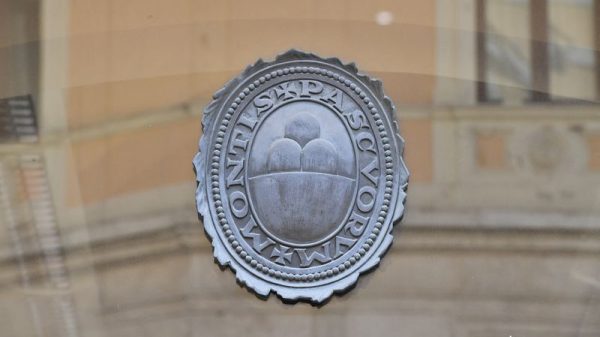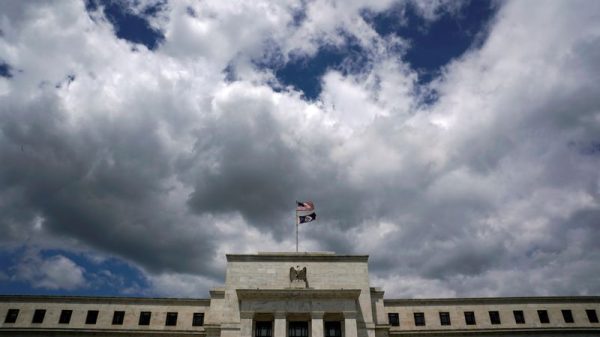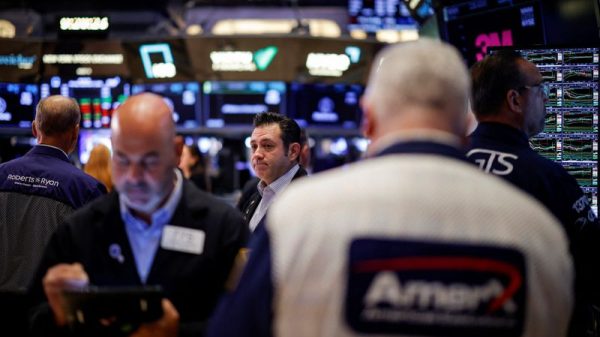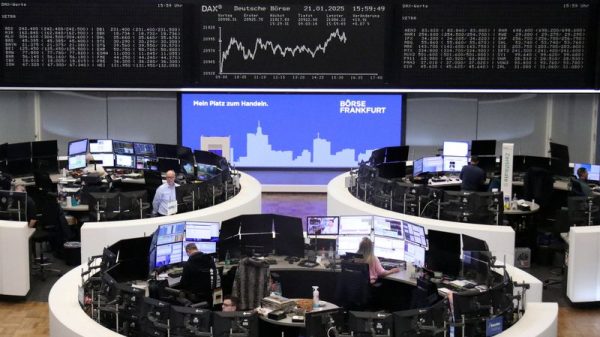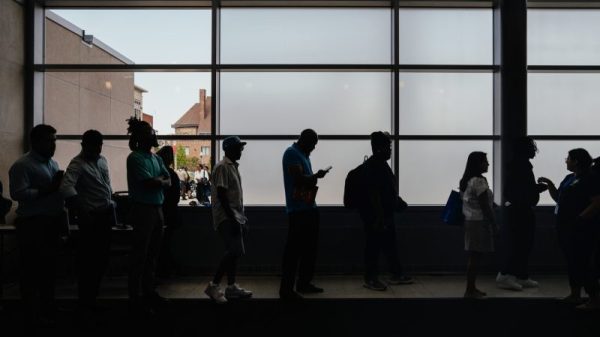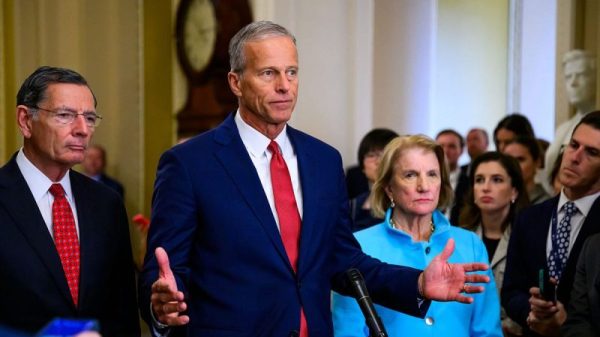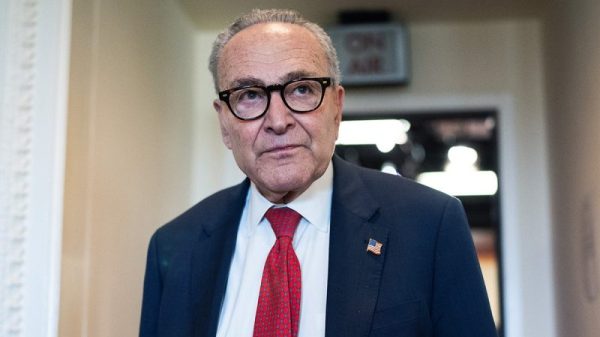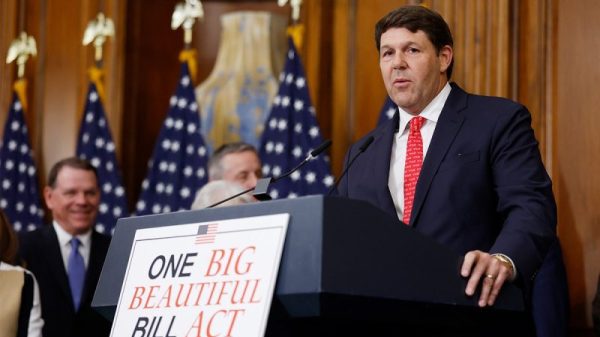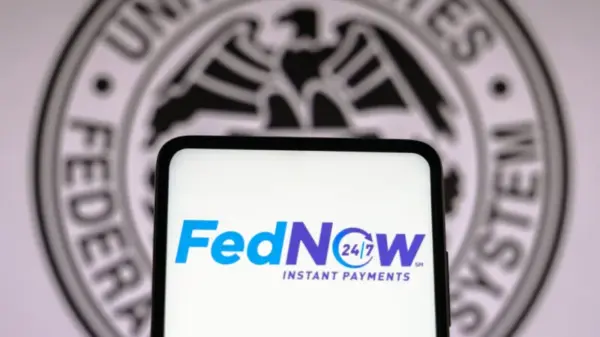Investing.com – The 2020s kicked off with a global pandemic that forced billions of people into lockdown and heavy government stimulus measures in response to the crisis.
What followed was a boom in economic growth, a surge in inflation, and a jump in interest rates — all against an environment of renewed violence in several regions around the world and the emergence of artificial intelligence.
This has all translated into 563 rate hikes, $7 trillion in quantitative tightening, a cumulative $11 trillion US deficit, $36 trillion in national debt, and $1.2 trillion in annual US interest payments over the opening half of the decade, analysts at Bank of America flagged in a note to clients.
However, they argued that perhaps the biggest change for asset prices has come from an inflection in bond yields, which move inversely to prices. An uptick in benchmark 10-year US Treasury yields to their long-term average after a pandemic-era drop “has led to frequent booms and busts in asset prices, with the former more concentrated than the latter”, the analysts said.
“Ultimately, macro has dominated over the past five years,” they said.
But, as the back-half of the 2020s dawns, an “era of micro” may be about to begin, the analysts predicted.
“We think micro themes will dominate macro in the coming 5 years: tech transforming our economy against a backdrop of populism, AI resource bottlenecks, generational shifts in power and wealth, and a return of government fiscal discipline,” they wrote.
In particular, the change to a focus on micro trends will be driven by accelerating technological disruption fueled by the widespread adoption of AI in both businesses and societies, they said.
Productivity growth will have to increase in turn in order to justify soaring tech sector equity valuations and prices, while AI itself will require “more of everything — from resources to infrastructure”, the analysts argued.
“These huge funding requirements could not come at a less opportune time: record government debt and populist policies will prioritize breaking the inflation cycle in the US and reviving stagnant growth at the heart of Europe,” they wrote, adding that they foresee “backlashes” to the disruptive force of AI over the rest of the decade.
Generation Z, also known as “Zoomers”, will subsequently “have a major say in the government response and the extent to which AI disrupts our societies and the labour market, as well as how government debt is managed,” they said.

